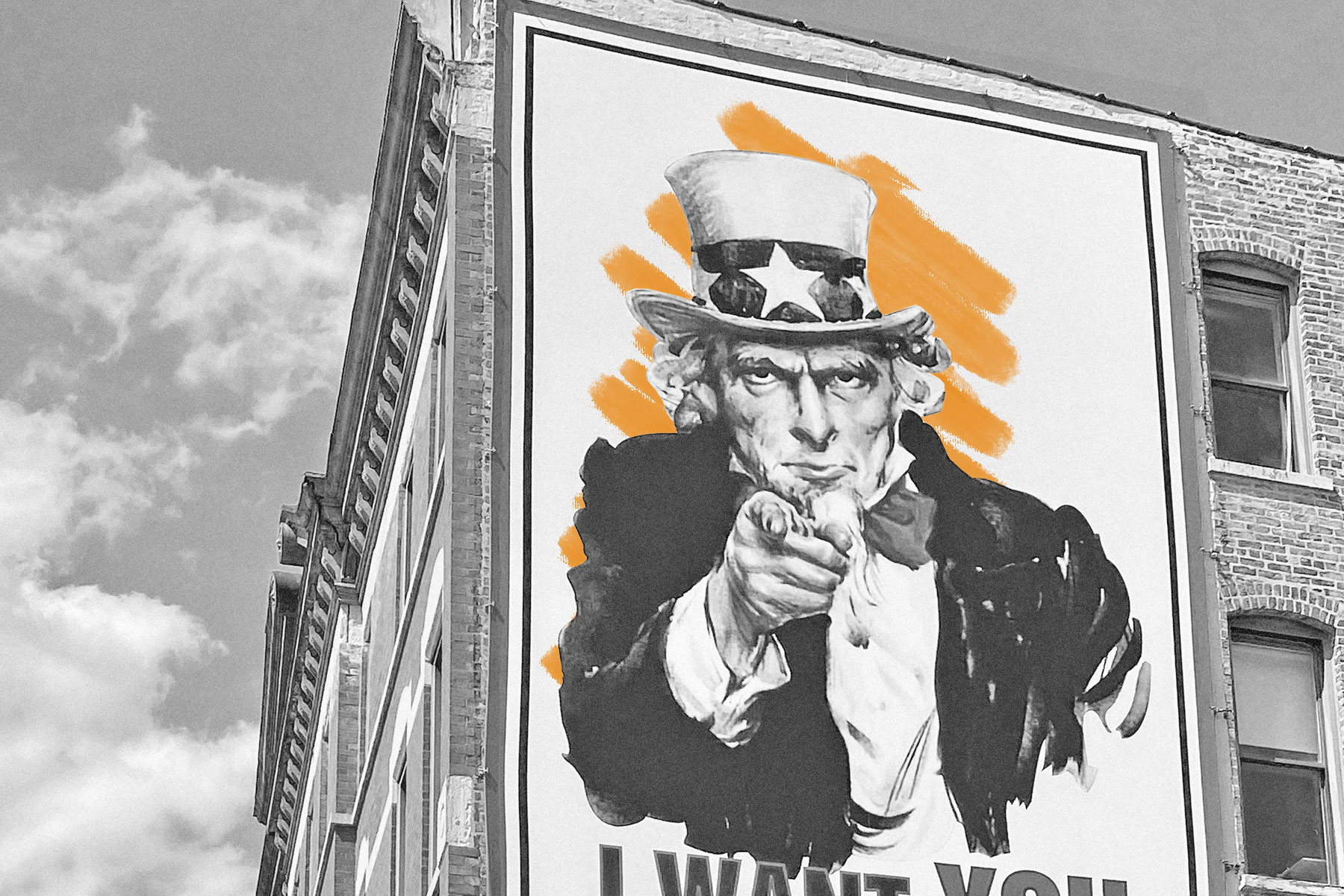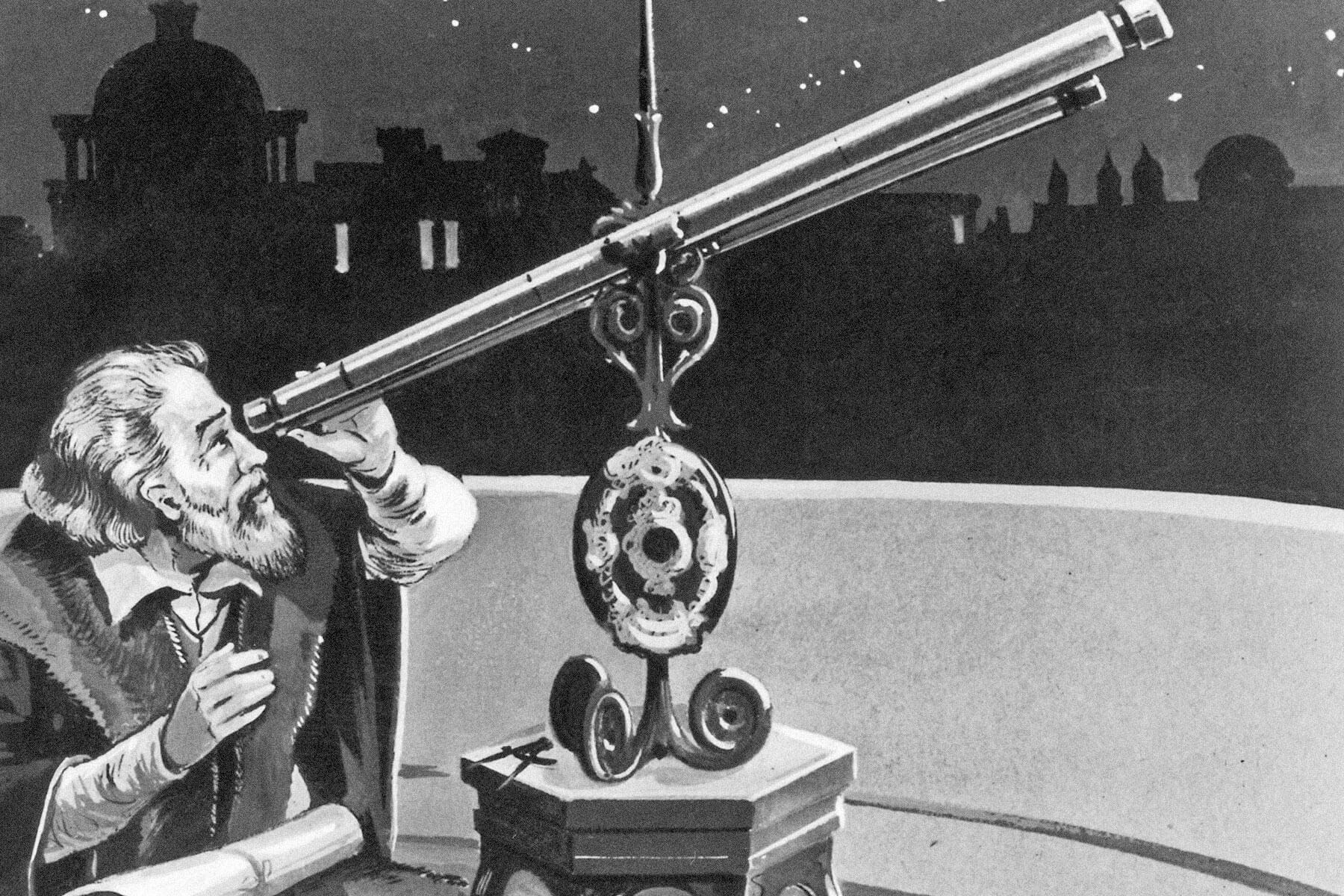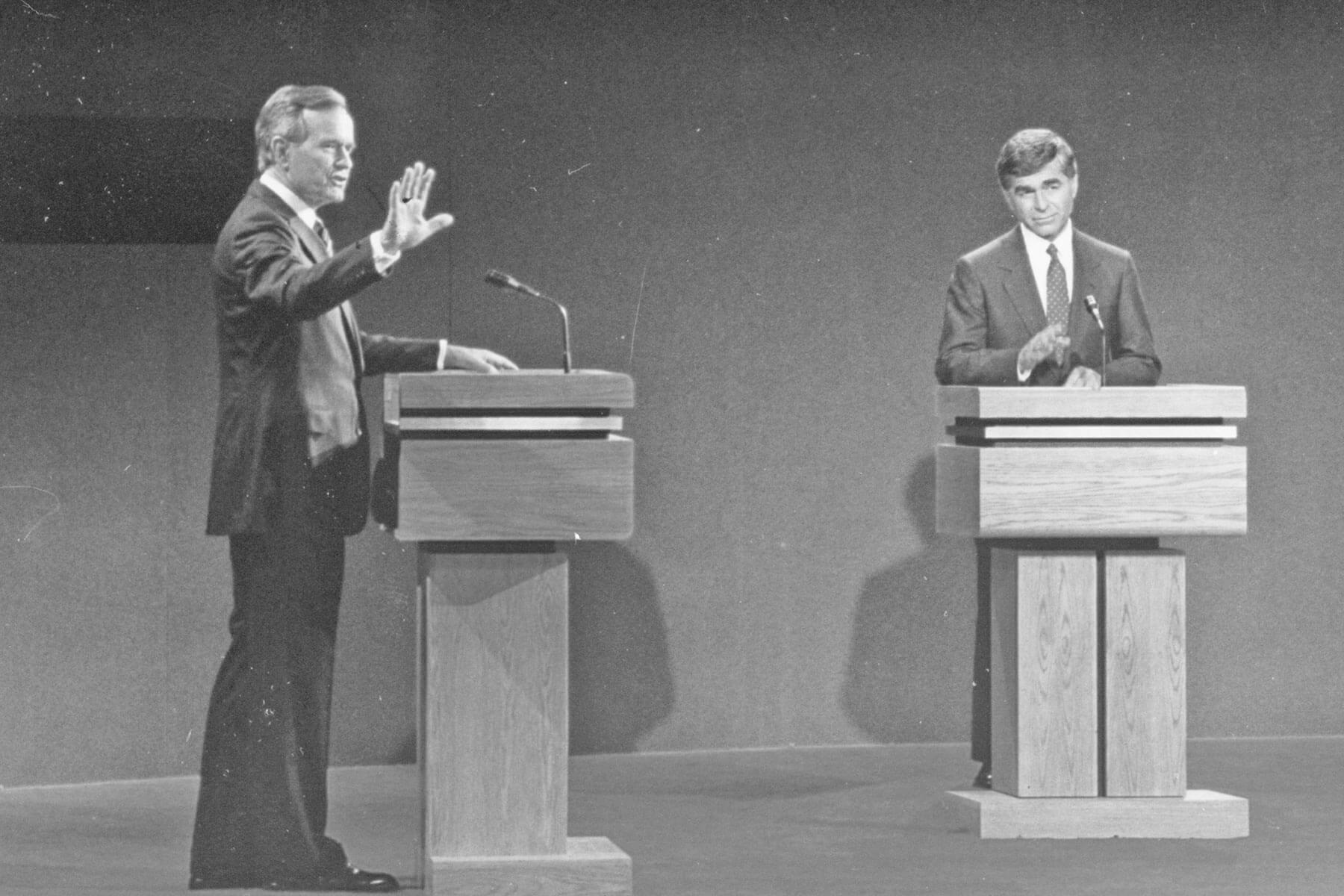| E very country needs a national symbol to represent its noble struggle, and the United States has one of the most recognizable: Uncle Sam, who is said to be named after a New York meat merchant. Samuel Wilson of Troy, New York, was himself known as Uncle Sam, an affectionate nickname that became familiar to millions of Americans after he supplied thousands of barrels of beef and pork to hungry troops during the War of 1812. The barrels had "U.S." stamped on them to indicate that they were government property, but the initials came to be associated with Uncle Sam among grateful soldiers. |
|
| The name took off, and before long illustrations of Uncle Sam began appearing in print. Cartoonists such as Thomas Nast and Joseph Keppler depicted the patriotic figure as a thin and bearded older man with a top hat and coattails, popularizing the image we recognize today. The origin of the name "Uncle Sam" remains disputed, however, and some historians have noted that references to the name appeared in newspapers before Wilson ever stamped "U.S." on his meat barrels. Still, the legend is widely accepted, and Congress even passed a resolution in 1961 recognizing Wilson as Uncle Sam's namesake. Today, the figure is inextricably linked with America, but he wasn't the first personification of the country. He was preceded by Brother Jonathan, a rustic but good-natured character who originated in New England during the American Revolution. |













No comments:
Post a Comment